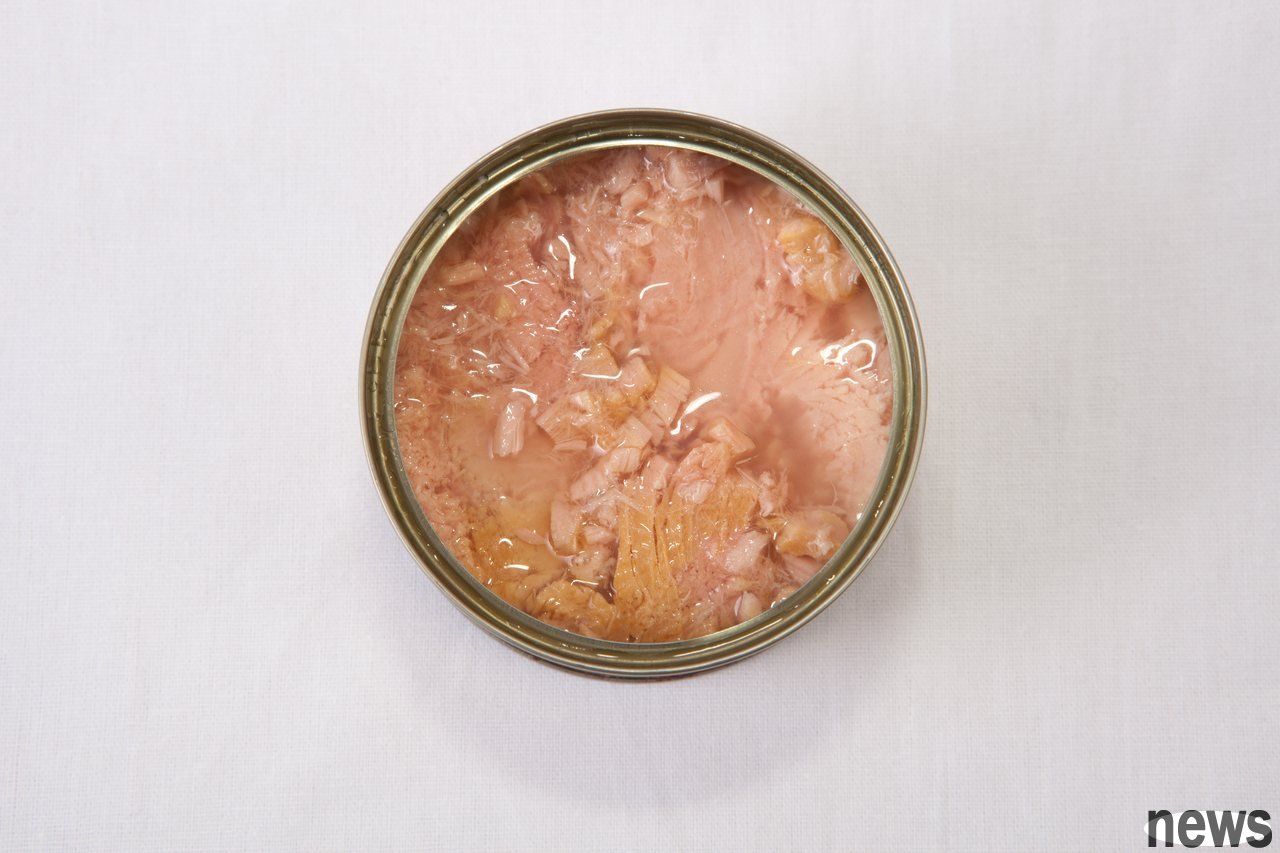
Although the heat in boiled fish cans is lower than that in oily fish cans, it contains about 220 calories, 41 grams of protein and 5 grams of fat. It is also a good source of vitamin D, calcium, iron, drill and other essential nutrients. But the only downside is that the calcin content is high, with each can ranging from 648 to 704 mg, which is almost one-third of the daily calcination cap (2,300 mg) recommended by the U.S. Food and Drug Administration (FDA). The U.S. Career Association said it is best to limit the daily calcination cap to 1,500 mg.
Experts at Rutgers University suggest that washing canned foods such as fish, beans and vegetables with water can reduce the content of the cartilage and are beneficial to patients with hypertension or heart disease. In addition, you can also choose a low-lifted fish can, but this product is difficult to find on the shelf.
Daily Meal emphasizes that the charcoal content of boiled fish and oily fish is also relatively high. Some brands even have a pot of charcoal content of more than 700 mg. Compared with smoked fish or beef drying, this may not be too surprising, but it will rapidly increase the daily charcoal content. Therefore, before eating the simmering can, it may be necessary to wash it with water for three minutes or longer. According to a study previously published in the journal American Dietetic Association, this minor action can reduce the calcification content by up to 80%.
Simply open the can, put the fish meat in the filter network, and wash it directly with water. If it is oily fish, pour it into the filter net first, place it on a large bowl, press it lightly with the back of the spoon, and lift the oil out as much as possible; then put it in flowing cold water and wash it with the spoon, then use the spoon to remove more moisture.
According to the above research, this method is also suitable for cottage cheese, with the disadvantage that washing fish cans or cottage cheese with water may reduce the calcin content by half. However, the calcin content in the salted fish is not high, and it can increase the intake from other foods, such as Greece, milk, beans, black beans and almonds, are good choices.
Of course, it is not a good idea to wash the fish jar head with water when you are in the office or when you go out, and it is not very convenient even if you can wash it before you leave. Another option is a low-calf fish can with almost no salt. After drying, the calf content of each can is about 65 mg, which is 3% of the recommended daily calf intake (the numbers vary slightly from brand to brand), and only about 10% of other calf heads.